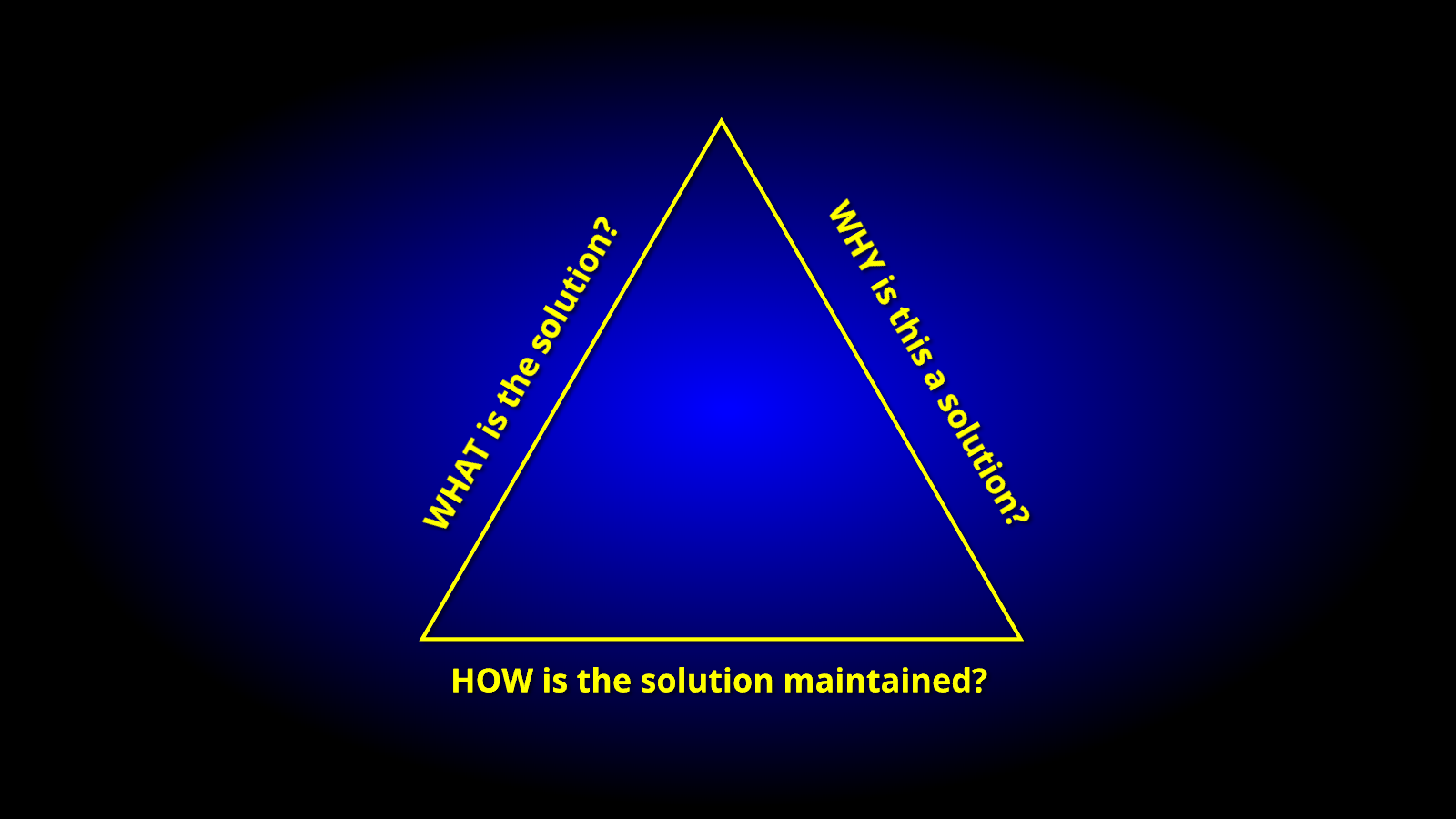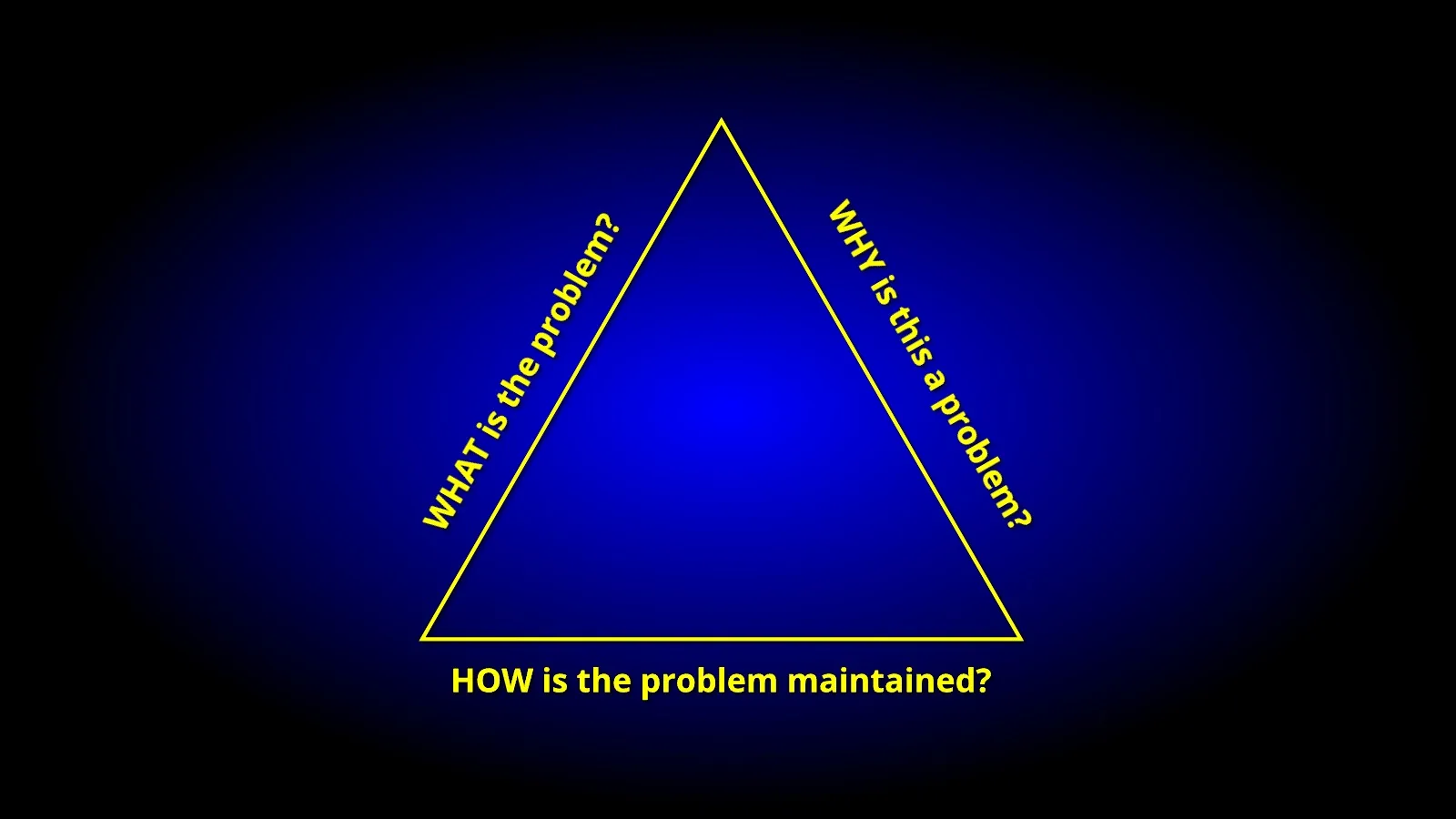
The Mindful Ecotherapy Center, LLC has been providing continuing education in mindfulness and ecotherapy since 2007. During all of that time, students of Mindfulness-Based Ecotherapy have continually expressed a desire for an organization that specifically caters to the educational needs of counselors and therapists who practice Mindful Ecotherapy.
With these needs in mind, the Mindful Ecotherapy Center, LLC will be creating a new two-year certification in Mindfulness-Based Ecotherapy. This new certification will train and certify counselors and therapists specifically in Mindfulness-Based Ecotherapy.
This will be an intensive two-year certification process, including up-to-date training in the latest techniques, research, and education in Mindfulness-Based Ecotherapy.
Certification will require renewal every three years, and will have a continuing education requirement during each renewal period, so that MBE practitioners are up-to-date on the latest techniques and interventions. It will also require case presentations and supervision for certification.
This will be a different and much more intensive certification than our current Mindfulness-Based Ecotherapy Facilitator training. Trainees who complete the two-year training would be certified Mindfulness-Based Ecotherapists (MBE) and would be entitled to use the designation MBE in their credentials.
The new program will include the following:
- 20 hours of continuing education in Mindfulness
- 20 hours of continuing education in Ecotherapy/Ecopsychology
- 30 hours of continuing education in Mindfulness-Based Ecotherapy in Clinical Practice
- 5 hours of continuing education in suicide prevention
- 3 hours of continuing education in ethics
- 10 hours of continuing education in electives
- 20 hours of supervision
- Case presentation
NEW Ecospirituality Program
The current Mindfulness-Based Ecotherapy Facilitator Certification course will be replaced in 2024 with the Ecospirituality Program, which will expand to include a more spiritual element to the training and to the program.
Somewhere between 90% and 95% of people on Earth practice some sort of spirituality. Obviously, spirituality must be pretty important. Studies tend to back this up. What the studies show is that the type of spirituality doesn’t really matter. Whether you’re Christian, Muslim, Jew, Buddhist, Hindu or Pagan, or even agnostic or atheist, practicing some sort of spiritual path yields benefits.
Since the particular type of spirituality is secondary to the benefits gained (in other words, since all spiritual paths lead to a better quality of life for those who practice them properly), what is it about spirituality that allows it to work its magic?
Suppose you could take all the spiritual paths practiced worldwide, put them into a cauldron, and boil them down to their essence. What would remain? I believe that the common thread to all spiritual practices is a feeling of connection. Connection to others, or connection to the divine, or simply connection to nature and to ourselves. In short: Spirituality = Connectedness!
If you think back on the spiritual experiences you’ve had in your lifetime, do recall feeling connected on some level? Many describe spiritual experiences as a sense of ‘oneness.’ Oneness implies connection to something outside ourselves. In this sense, even an agnostic or an atheist could achieve spirituality through connection.
The new Ecospirituality Program scheduled for release in 2024 will incorporate elements of this connectedness!
Changes to the Mindfulness-Based Ecotherapy Certification Program
Although the Mindfulness-Based Ecotherapy Program was created to be facilitated by licensed mental health professionals, in the past we’ve had quite a few coaches who have also taken the course. While mental health professionals are highly regulated in most states and in many countries, coaches are usually not.
Due to this lack of regulation and credentialing for most coaches, some states and some organizations have restricted the use of the term ‘ecotherapy.’ Because of this, we are re-naming the current Mindfulness-Based Ecotherapy 12-week program. In 2024 the program will become the Ecospirituality Program. Current certified facilitators of Mindfulness-Based Ecotherapy will be allowed to take the new Ecospirituality Facilitator Training program for free when it is available.
The new Mindfulness-Based Ecotherapy Certification will then replace the current designation. This will be a much more in-depth two-year certification process only available to licensed mental health professionals.
The new Mindfulness-Based Ecotherapy program will require intensive study, supervision, and a case presentation prior to becoming certified. Once certified, licensed mental health professionals will be able to use the designation “MBE” in their credentials, for “Mindfulness-Based Ecotherapist.”
When the first cohort of Mindfulness-Based Ecotherapists graduates we will begin a Supervisor Training Program that will educate MBEs in supervision so that future training programs will have a variety of supervisors to choose from.
As we move forward with these changes we would love your input! Click here to visit the forum and join the discussion!









